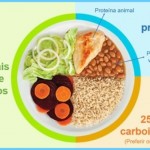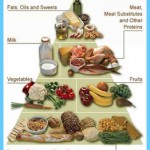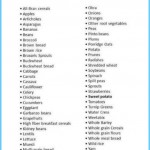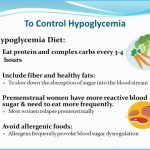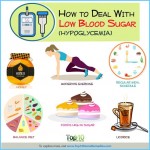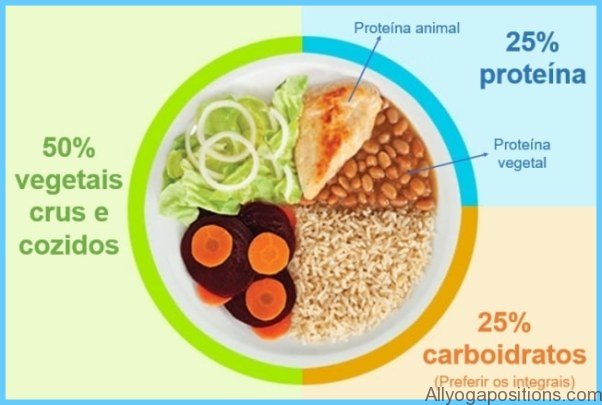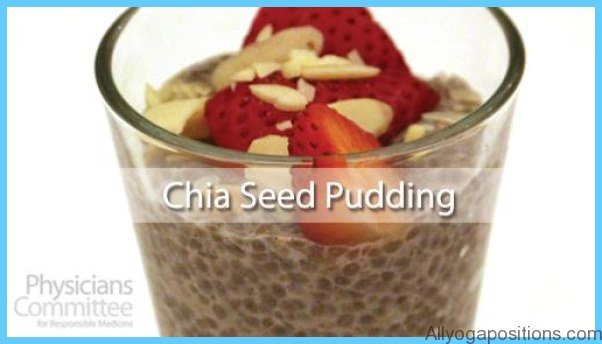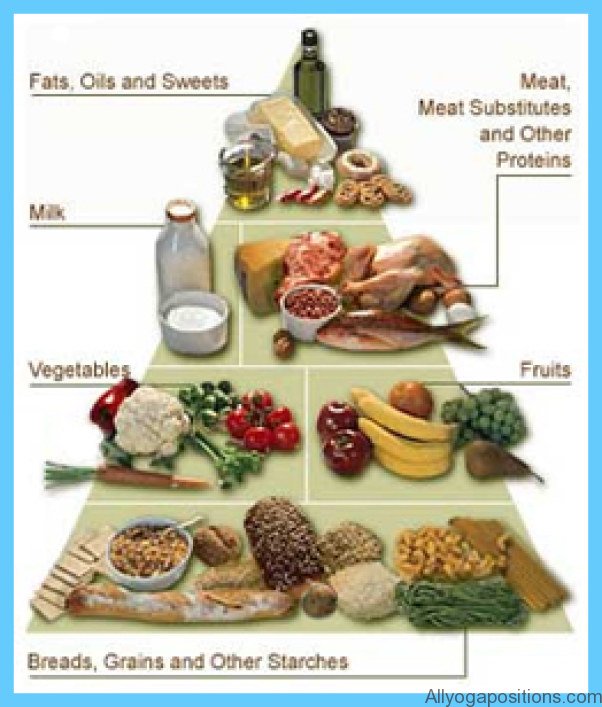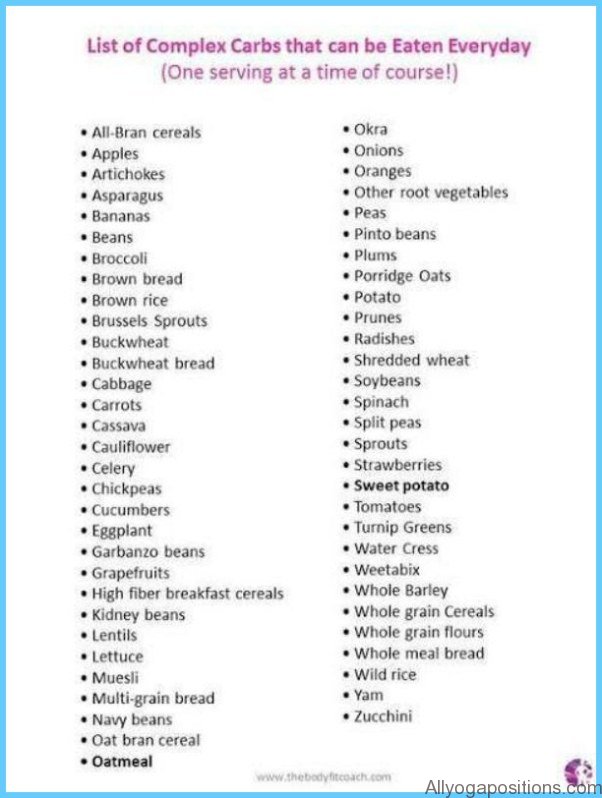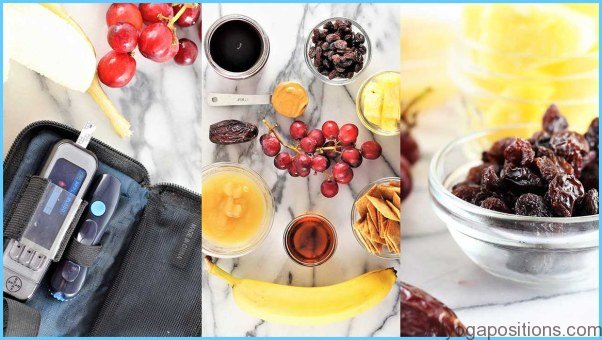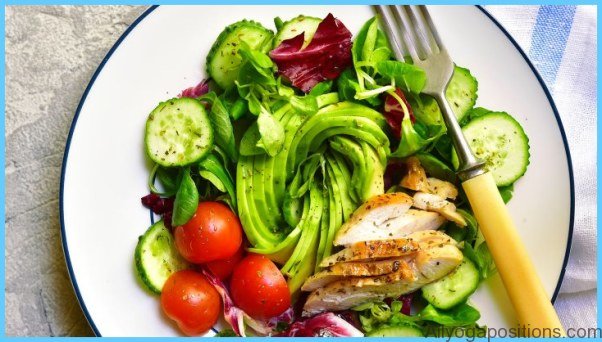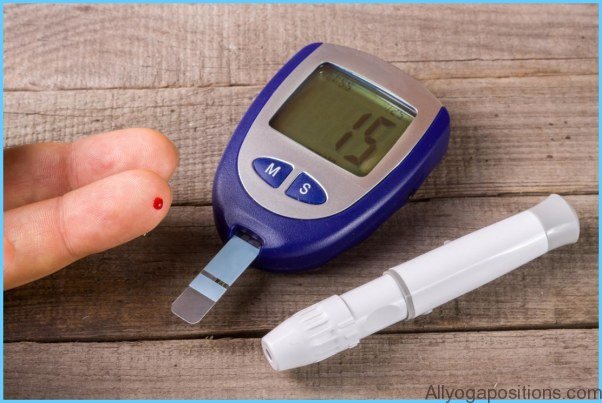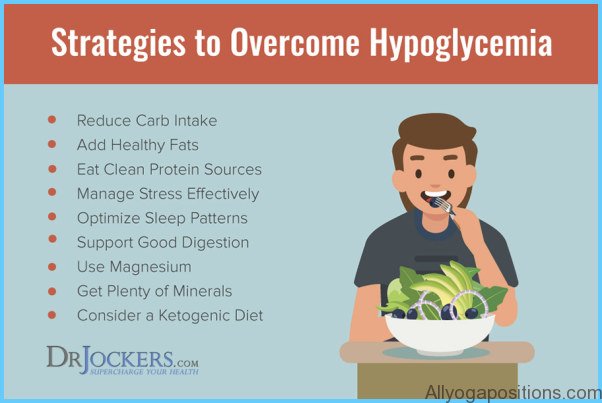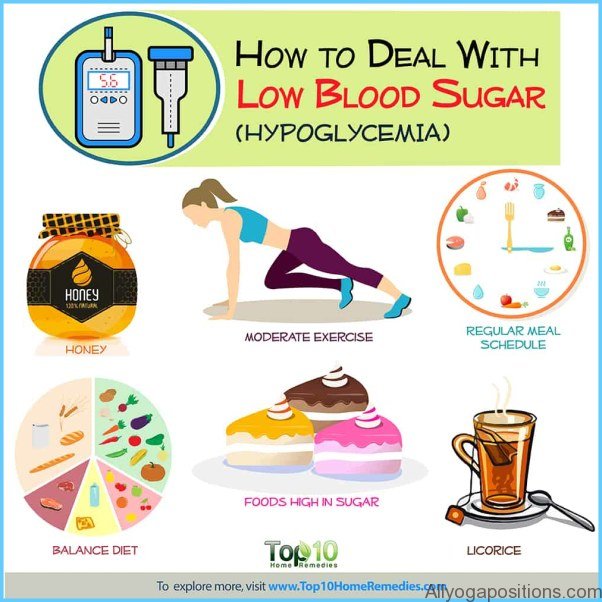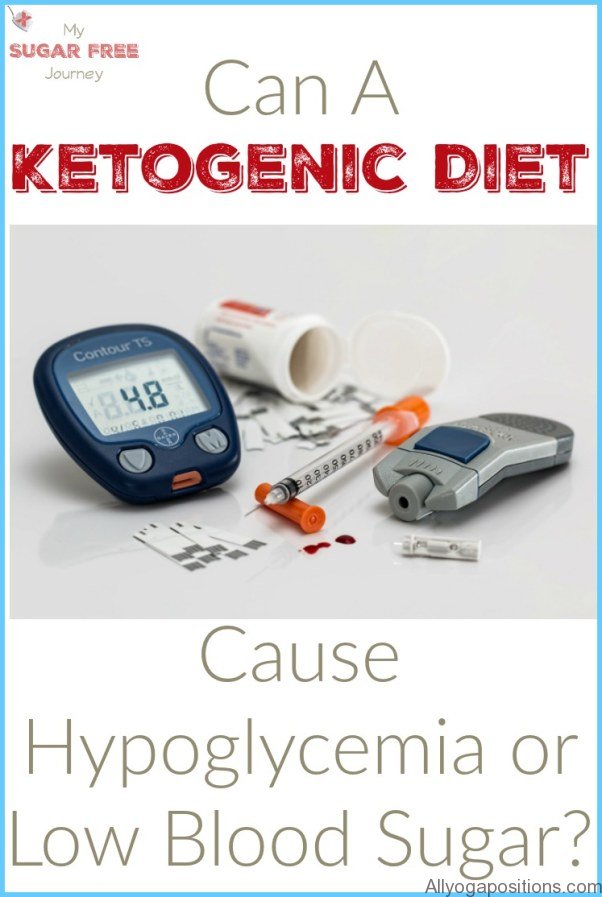Choosing foods based on their soluble-fiber content is a great way to lower the glycemic index value of your meal. But there are a couple of other tricks that slow down digestion and influence the rate at which your blood sugar rises. Adding a little protein to your meals slows the rate at which your stomach empties its contents into the small intestine. As a result, the carbohydrate in your meal will enter your bloodstream at a slower rate.
Choose lean protein foods such as lean beef, chicken breast, turkey, pork tenderloin, center-cut pork chops, fish, seafood and eggs. If you are a vegetarian, be sure to include vegetarian protein foods at your meals—tofu, beans, veggie ground round, tempeh, etc.
You don’t need to add a lot of protein-rich foods to your meals. For a look at how much protein your body needs each day, see the RDA table on page 33 in chapter 1. Then see the Protein in Foods table on page 33 to see what foods to eat to meet your protein requirements.
To help manage your blood sugar, distribute your protein throughout your day. If you need to eat 60 grams of protein each day, aim for 20 grams at each meal. As for snacks, make sure you choose low GI foods. And don’t forget that milk and yogurt have protein as well—they are great low GI snack choices!
One more interesting tidbit—if you enjoy a green salad with your meal, continue doing so. Just make sure you toss it with a vinaigrette dressing. Studies have found that vinegars, especially red wine vinegar, also slow the rate at which food leaves your stomach.

